
Style Awakenings in 2018
On a recent morning as I was waking up, I turned on the radio to catch the headlines, and I heard that according to the Bloomberg Market Report (November 2017), residential construction starts are up by almost 14 percent, single family dwellings are up by almost 5.5 percent (the largest gain since 2014) and multi-family starts are up by 36 percent.
“At the same time, the industry is dealing with a shortage of workers, higher materials prices and difficulty finding ready-to-build lots. Economists expect residential construction will keep expanding gradually,” the reporter said.
Much of this gain was explained by the mega-storms Harvey and Irma, since the West didn’t see as much growth in recent months as the Southeast in new construction. I imagine that after the outbreak of horrible fires last fall, we will see that change too.
So how will your garden center capitalize on this news?
A Shift
As a designer, I’m seeing rapidly changing trends in landscapes here in the Pacific Northwest, where the economy is beyond booming thanks to the massive influx of tech jobs bringing people in at a rate of 7,000 per month, just in the Seattle area alone! (Check out the new “biodome” that Amazon built in downtown Seattle, but don’t even get me started on the traffic problems …).
Here’s what I know for sure: no matter where you look in almost any type of media and retail, contemporary, modern, stylish, fresh and cutting edge style ideas are hot.
Of course, there will always be room for the traditional, old world, classics that never go out of style, but you also want to look at demographics if you’re a business owner. And those numbers and trend lines are not promoting the “shabby chic” or “English garden” style that dominated not that long ago.
Of course, your garden center is going to go after the demographic that is currently spending the most with you, and your location will have to do with how quickly you may respond to the changes that other industries are experiencing. But, you can count on that change coming eventually.
Very similar changes in buying habits have happened over generations as you can see from influences in generational buying trends after World War I, World War II and after the Vietnam War.
So, what’s different about this shift we’re seeing now? Two enormous factors that have never been seen in history:
- The giant population of Baby Boomers is aging out of some of the market data that once made up the bulk of our trendsetters.
- The environmental changes that are forcing us to change how we buy, what we buy, where we live and what our priorities are for how we enjoy our spaces.
The Real Trends
When people ask me about how my business is doing, I find myself repeating the same phrase often: “If you’re selling your home here, you’re fixing up your landscape. If you’re buying a home that’s new to you, you’re also fixing up your landscape.”
This is not necessarily a new idea, yet here is the BIG kicker; the style with which almost ALL my clients are trending toward (no matter the home style) is dramatically different. Let’s break that one down a bit:
- Young, first-time homebuyers with small children want these ideas incorporated: a simplified landscape with lots of repetition of a few plants, drought-tolerant options, edible plants integrated into the landscape, low maintenance and pet friendly.
- Middle-aged, middle-income earners want these ideas incorporated: a simplified landscape with lots of repetition of a few plants, drought-tolerant options, edible plants integrated into the landscape, low maintenance, pet friendly with a space for entertaining and higher-quality container designs.
- Retired home owners want these ideas incorporated: a simplified landscape with lots of repetition of a few plants, drought tolerant options, edible plants integrated into the landscape, low maintenance, pet friendly with a space for entertaining and higher quality container designs plus an artistic focal point or two.
Notice a pattern here? What I am seeing and hearing is that, no matter where my clients are coming from in life, the slimming down of the plant palette is the key.
These are not the plant collectors who want rare and unusual; these are the people who aren’t in zonal denial. They, however, are open to plants with traits that have been updated for size and color options that they never had available, disease and pest resistance and drought tolerance.
This is not to say that the plant collectors and the people who want the fun, exciting, rare and unusual plants are not still out there; it’s just that if a giant storm or other natural event such as fire or flood just took out their house and they had to re-locate, re-build etc., they are taking a long hard look at what they really need and want to deal with at this juncture in life.
Even if none of those awful, life-altering events have affected them, they are expressing a consistent desire to simplify their lives. And it seems that the contemporary and modern styles are fitting the bill over the high-maintenance gardens that once filled books and magazines.
In tech country where I live, we’re not plagued by problems with the storms so much as fires, drought and flooding from environmental changes and that are influencing style choices too.
Owners of traditional, mid-century or even colonial-style homes are requesting that their new landscape has more of a nod to the future with state-of-the-art ideas that streamline what it means to enjoy and maintain their landscape.
From drainage, to lighting, from smaller-scaled trees to focusing on foliage rather than fancy flowers, adding beautiful yet functional edible plant ideas and containers that are dramatic in smaller spaces, one thing is for sure, change is upon us and we’re more focused than ever on making our time spent on defining our personal style more meaningful and work harder for us more now than ever before.
By asking you to think about how your garden center plans to capitalize on these changes, I challenge you to develop ideas that engage
ALL departments.
Many of you have skillfully addressed challenges that affect topics like disappearing pollinator populations. Now you have some new topics to consider such as new construction homes may not have lawns, or if they do, they may be faux lawns.
Will you be paying attention to new plants on the market that may look like the old-fashioned ones, yet show superior heat tolerance? Will you be merchandising new hybrids of compact plants together that need less maintenance? Will you address concerns about storm safety for plants, or fires, floods and drought through your plant buying and merchandising choices?
I’m thrilled at the booming construction economy that’s keeping my own business up, and I’m continually looking for new ideas for modern landscapes on places like Instagram, Facebook, Pinterest and Houzz to keep my brain fertile with inspiration.
You can bet that your customers are doing the same; are you?


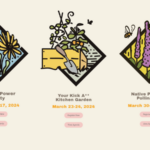
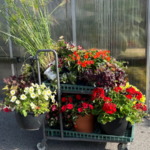



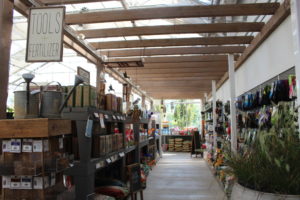
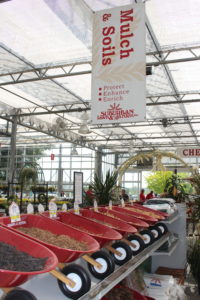
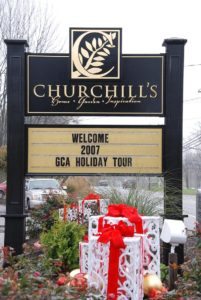
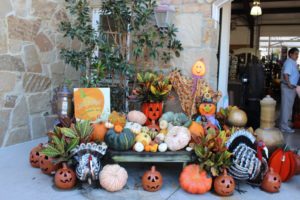
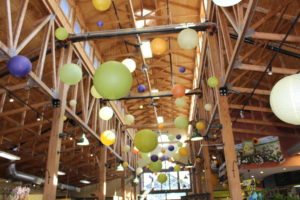

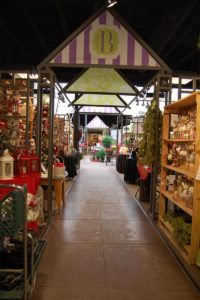
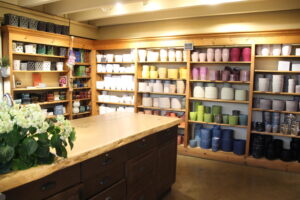
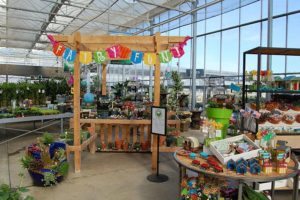
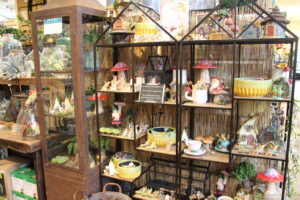
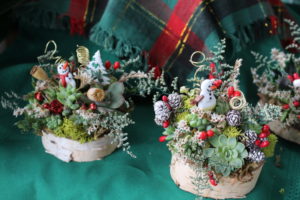
 Videos
Videos





